
Support Team
Feedback:
support@nextpcb.comIt is more doubt thing to the users, why there are different colors for the PCBs. If we look into the PCB domain, it is clear that there are blue, red, green, and black color PCBs. These are the main colors that are commonly identifiable in industry. So, it is more curious why different colors are there for the PCBs.
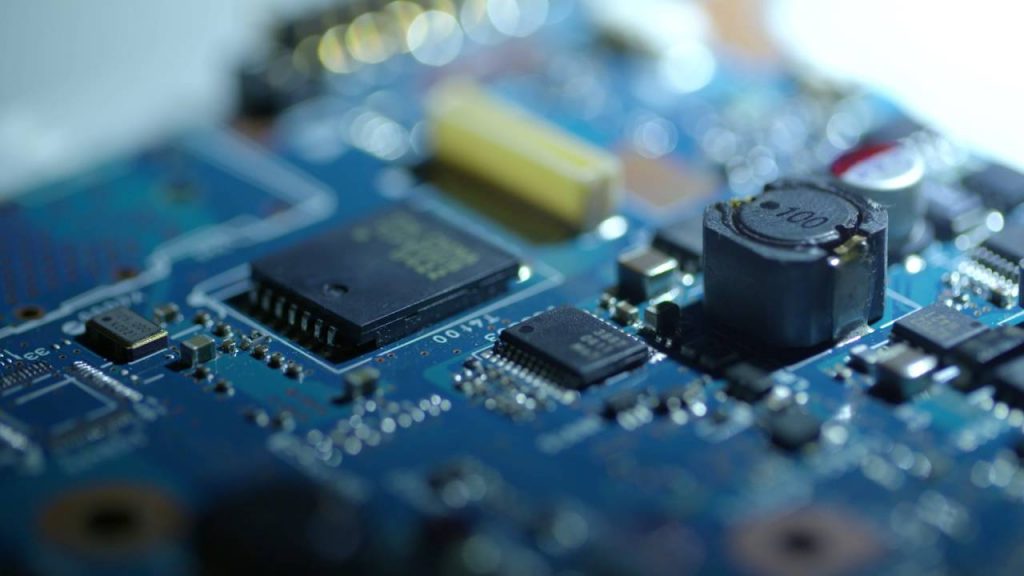
PCBs are the main components of the modern world. The PCB colors and functionality and the PCB type mainly depend upon the designers' choices. Functionality is the main factor that has to consider.
One of the fundamental ideas in electrical design is the printed circuit board. Using conductive pads, tracts, and other components notched from copper sheets glued onto a non-conductive substrate, designers shape them such that they mechanically support and electrically link electronic components. Single-sided, double-layer, or multilayered printed circuit boards are all possible. Active devices, resistors, and capacitors are a few examples of items that advanced PCBs may have embedded in the substrate. Even the most basic electrical items require PCBs. Color code is one of the intriguing things to know about PCBs. Red, purple, black, clear, and white PCBs are among the most prevalent, along with blue and green PCBs.
Blue PCB electronics are becoming more and more popular among engineers and electrical designers even though there is no discernible difference between them and PCB boards of other colors. This is because of the appealing hue.
Blue PCBs enable the integration of electrical or data circuits into a usable piece of hardware. Through conductive routes, they provide the required mechanical support and electrical connections.
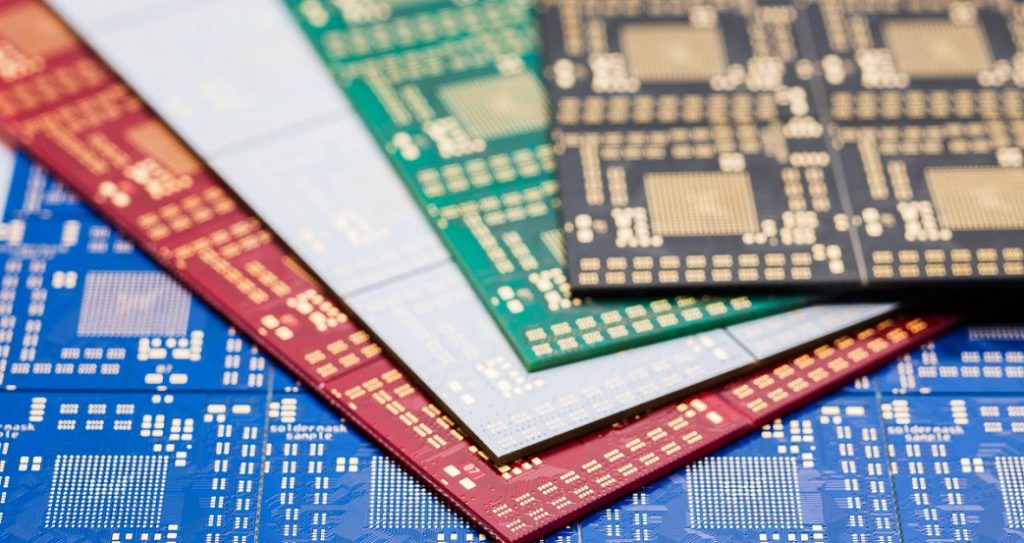
They are blue in hue, not because of the color of their paint, dye, or mark, but rather because they resemble solder masks. The copper wires on the board get protected with the use of a solder mask that is the same shade of blue. It looks similar to the blue Arduino.
There is little distinction between planar traces and space. Magnification is said to be important in blue solder masks because it aids in finding manufacturing flaws. For this reason, designers who are creating intricate circuits and electronic systems, including gaming PCs and remote-control robots, choose blue circuit boards.
Blue PCBs have a variety of uses because they are attractive:
Power and communications between physical devices can be rout via a blue circuit board. Using solder, designers link the electronic parts to the blue PCB's surface electrically. An effective mechanical adhesive, solder. And since it is metal, the blue surface makes it easy to notice. Soldering components ensures the proper fit. It enables designers to accurately remove any worn-out parts from the blue substrate during repairs without affecting the others.
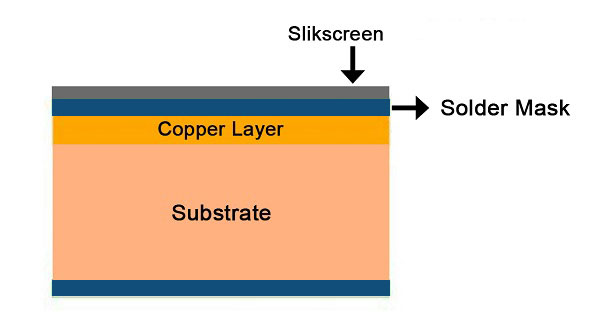
The foundation material, or substrate, is designed with the use of blue fiberglass. FR-4 is another name for it. A printed circuit board's core, or substrate, is what gives the board its thickness and stiffness. Depending on the manufacturer, bendable blue PBCs are also available. Generally, they are made from flexible, high-temperature plastic. There are many thicknesses of blue PCBs available depending on the application case. Nevertheless, there are two common sizes: 1.6 mm and 0.8 mm. Custom blue-printed circuit boards are also made by manufacturers. They may be adapted for RC vehicles and gaming PCs.
Some producers use phenolic or epoxy resin to create blue PCBs. They lack fiberglass PCBs' strength and functionality. They are considerably less costly, though. A fiberglass PCB may be easily distinguished from an epoxy PCB. An epoxy-blue PCB will emit a distinctly unpleasant smell when soldered. They are frequently identifiable in subpar consumer equipment. The low thermal decomposition temperature of phenolics and epoxy. When the soldering iron makes prolonged contact with the circuit board, this results in their smoking and charring.
A thin copper foil is the second-most significant element in blue PCB electronics. It follows the blue substrate as the second layer. These two layers adhere to the heated laminated. The copper layer is present on both sides of the substrate in double-sided blue PCBs. PCBs using copper often have one side on low-end devices. When we talk of double-sided or two-layer blue boards, we are referring to the number of copper layers. There may be just one layer or as many as sixteen. The number of layers may be more depending on the usage and the manufacturer.
The stated weight (ounces per square foot) of copper might vary. One ounce of copper is present per square foot on the majority of blue PCBs. However, some programmable blue-printed circuit boards may utilize 2-3 ounces of copper since they can take greater power.
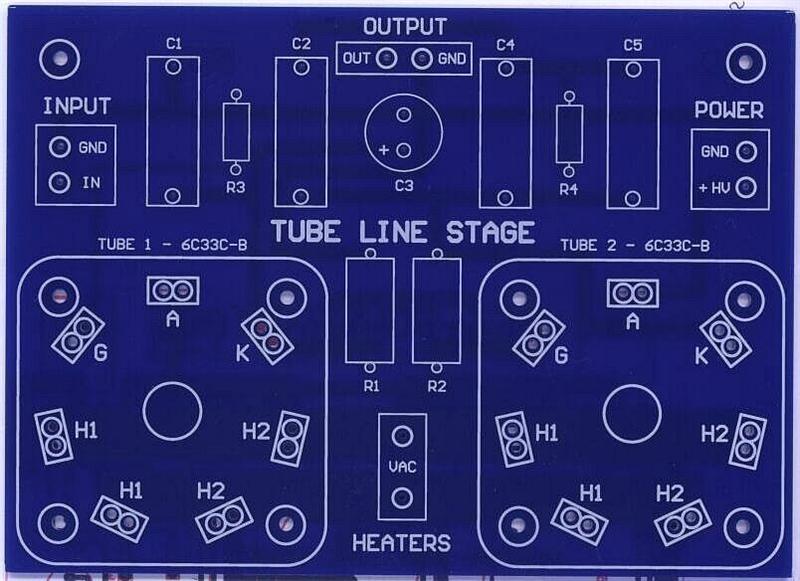
The solder mask layer is the third layer of a printed circuit board. It is visible above the copper foil. The solder mask on conventional PCBs is what gives them their color. The solder mask can be either transparent or blue because the substrate is blue in blue PCBs. It protects the copper layer from accidental contact with other metals, conductive objects, and solder. This indicates that the thin copper layer is on top of it. It facilitates soldering in the proper locations while avoiding solder jumpers.
In a blue PCB, the silkscreen is the last layer. Silkscreen applies over the solder mask layer of the PCB. It serves to supplement the blue PCB board with additional symbols, numbers, and characters. As a result of the symbols and numbers being engraved legibly, assembly is made simpler. These symbols serve as markers that make the circuit board easier to grasp. Board makers may use employ silkscreen labels to specify the purposes of each LED or pin. Usually, silkscreens are white. However, designers like black and white inks on blue PCBs.
The simplest printed circuit board is a single-sided PCB, which is best suited for low-density designs and only has one layer of conductive material. Holes in the board are often not plated through.
The circuit is on one side, while parts are laid out on the other. It is called a single-sided PCB or a one-layer PCB since there is just one conductor layer. Due to constraints in circuit design, it was utilized more frequently in early printed circuit boards (PCB) (since there is only one side wire and no crossing is allowed, each line must have its path).
Network printing (screen printing) is mostly used for single-sided PCB diagrams. This entails printing resist on bare copper, followed by etching and printing solder mask before punching to complete the pieces' plated hole and profile. Additionally, a photoresist is frequently used to create circuit patterns on a small number of different goods.
A copper layer is present on both sides of the blue substrate of a double-layer printed circuit board. To let circuitry, go from one side to the other, designers cut holes in the substrate. Additionally, they produce similar boards for HVAC systems, instrumentation, power supply, vending machines, amplifiers, vehicle dashboards, LED lighting, and industrial controls.
Multi-layer PCBs typically consist of three or more double-layer blue PCBs. These have holes drilled by the designer so that circuits can travel through the circuit board. Additionally, multi-layer boards with the most layers might have up to 50 layers. These circuit boards are widely used in file servers, satellite systems, GPS technology, medical equipment, and weather analysis devices.
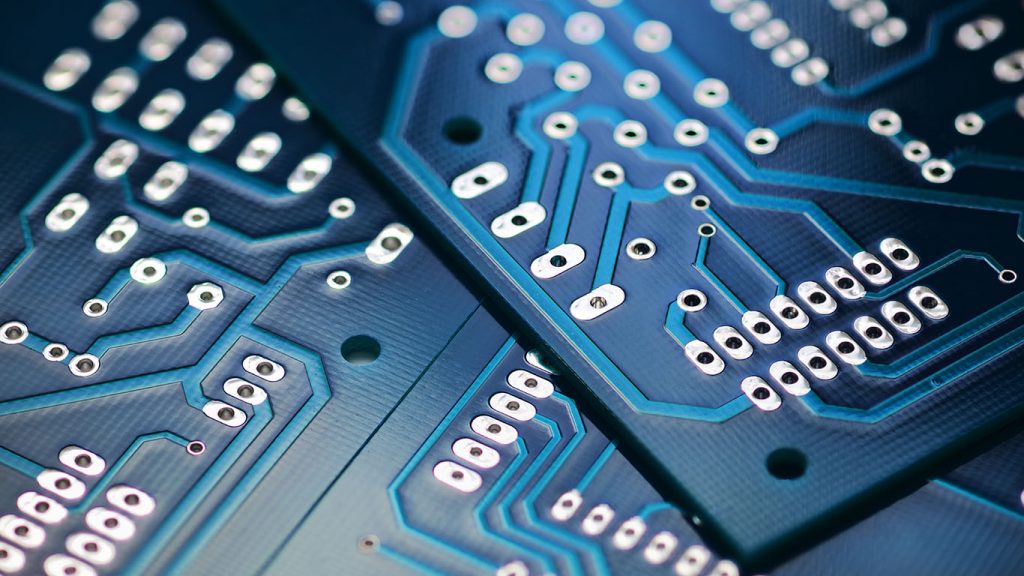
A sturdy base material prevents twisting in rigid PCBs. To guarantee that they maintain their rigidity for the duration of the electrical device's life, designers make them strong. They may have many layers, two layers, or only one layer.
PCBs made of flexible material can be twisted and bent to conform to the precise requirements of electronic equipment. When considering the flexible blue circuit boards, saving assembly time, less error in manufacturing, and heat dissipation is some other advantages.
Comparable to traditional circuit boards are blue-printed circuit boards. Blue boards, though, are more inviting. As the designer solders the components to their surface, they appear futuristic. Blue circuit boards have a shallower contract between traces, planes, and vacant areas than green and red circuit boards. The blue solder mask must also be examined under a magnifying glass to find any manufacturing flaws.
A blue-printed circuit board can route power and communications between physical devices. Designers utilize solder to electrically connect the electronic components to the blue PCB's surface. An effective mechanical adhesive, solder. And since it is metal, the blue surface makes it easy to notice. The proper fit of the components is ensured by soldering. It enables designers to accurately remove any worn-out parts from the blue substrate during repairs without affecting the others.
Despite being in great demand, consumers of the blue PCBs cannot easily access them as they do with other modern boards. They are more costly than other boards as a result of their scarcity. However, expanding the production of these boards would lower the cost and increase the consumers' access to blue PCBs. Almost all consumer electronics and commonplace sensors are built with blue circuit boards. Users may drill components across PCB boards with ease thanks to blue PCBs.
Still, need help? Contact Us: support@nextpcb.com
Need a PCB or PCBA quote? Quote now